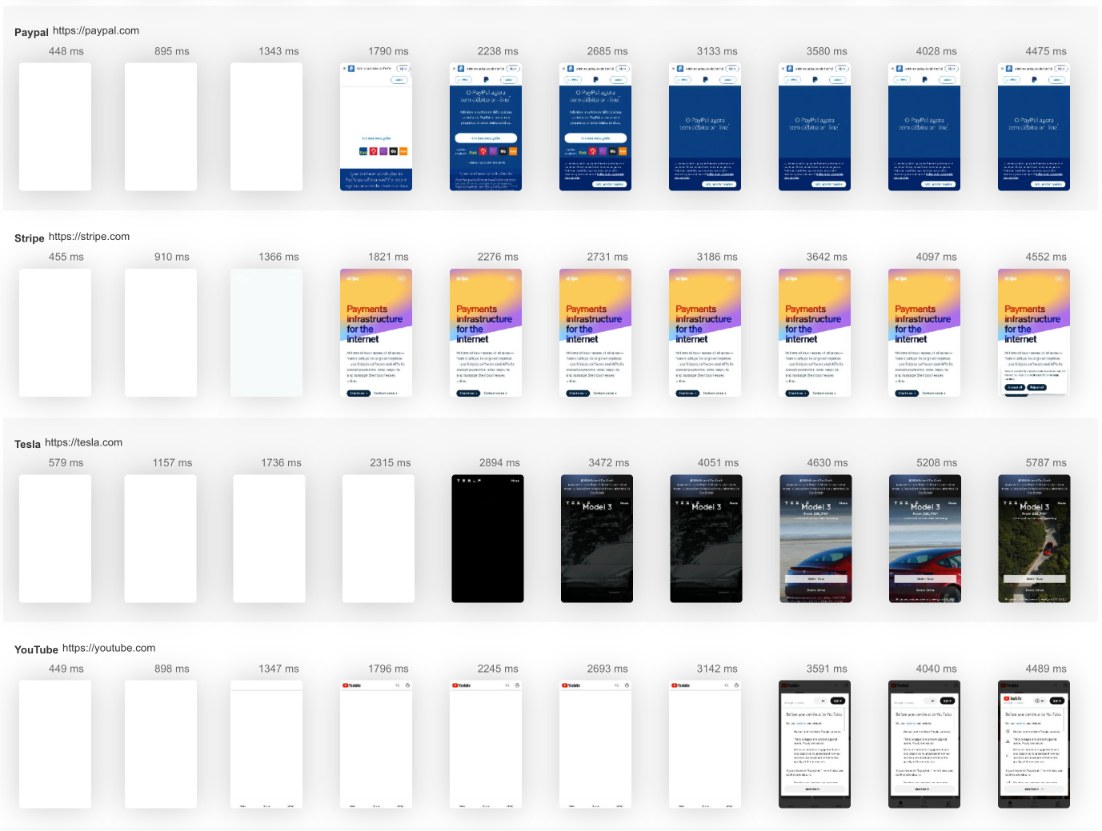DashThis Alternative
Looking for a DashThis alternative? This guide shows how PostNext surpasses DashThis with AI-powered analytics, evergreen scheduling, predictive insights, and collaborative workflows that transform static reports into actionable strategies.
Why PostNext is a Valid DashThis Alternative
DashThis is a reporting automation tool designed for marketers and agencies to consolidate data from multiple sources into simple, client-ready dashboards. Its strength lies in visualizing data quickly, automating report generation, and saving time on manual reporting. However, DashThis focuses solely on reporting and lacks advanced scheduling, AI-driven insights, or collaborative content workflows. PostNext not only covers analytics and reporting but also integrates automation, evergreen publishing, AI-powered recommendations, and collaboration features, making it a more complete alternative for modern social media teams.
Analytics and Reporting
Cross-Platform Dashboards
DashThis connects with analytics and ad platforms like Google Analytics, Facebook Ads, and social networks. PostNext expands this by supporting TikTok, YouTube, Pinterest, Threads, Bluesky, Mastodon, and Google Business, in addition to mainstream platforms. This ensures reporting is comprehensive and future-ready.
ROI and Conversion Tracking
DashThis visualizes performance metrics effectively but does not focus on ROI attribution. PostNext integrates ROI and conversion tracking directly into its dashboards, connecting social engagement to tangible business outcomes like leads and revenue.
AI-Driven Insights
From Data to Action
DashThis delivers visual dashboards but leaves interpretation up to the user. PostNext leverages AI to analyze trends and provide actionable insights — such as highlighting the best-performing formats, recommending adjustments in posting frequency, or identifying underperforming campaigns that require revision.
Predictive Analytics
While DashThis focuses on historical reporting, PostNext introduces predictive analytics that forecast audience growth, campaign impact, and engagement patterns. This allows teams to plan proactively instead of relying only on past performance.
Scheduling and Automation
Evergreen Content Queues
DashThis is a reporting-only tool. PostNext enhances its analytics with evergreen content recycling, ensuring top-performing posts are automatically reused, reducing manual rescheduling and maximizing reach.
AI-Powered Publishing
PostNext uses engagement data to recommend and automate optimal posting times across multiple channels. DashThis surfaces results but does not connect reporting directly to scheduling actions.
Collaboration and Workflow
Client-Friendly Reporting
DashThis is widely used for client-facing dashboards. PostNext matches this but adds approval workflows, role-based permissions, and shared dashboards that allow analytics and execution to coexist within one ecosystem.
Dynamic Collaboration
PostNext supports real-time editing, inline comments, and integrations with Slack, Asana, and Trello, making collaboration seamless. DashThis delivers static reports but lacks collaboration features for campaign execution.
Creative and Asset Management
Media Libraries and Content Tools
DashThis focuses on reporting. PostNext incorporates media libraries (Unsplash, Pexels, Pixabay) and AI-powered content creation, enabling teams to respond to analytics with fresh content immediately.
Versioning and Testing
PostNext supports multiple content versions tied to analytics dashboards, allowing experimentation and A/B testing. DashThis does not support iterative testing workflows.
Integrations and Ecosystem
Broader Workflow Alignment
DashThis integrates with many analytics and advertising platforms for reporting. PostNext expands integrations further to include CRMs, BI tools, and project management apps, ensuring social analytics align with broader business objectives.
Future-Proof Network Support
With built-in support for emerging platforms like Threads and Mastodon, PostNext ensures analytics evolve as the social landscape changes. DashThis’s focus is broader marketing reporting but slower in adopting niche or fast-growing social networks.
PostNext vs DashThis: Who Should Choose Which?
DashThis is a strong choice for agencies needing automated dashboards and simple client reports. However, for teams and businesses that want to not only report on data but also act on it through AI, scheduling, and collaboration, PostNext is the stronger alternative. It transforms analytics into execution, reducing the need for multiple tools.
FAQ on PostNext vs DashThis
What makes PostNext better for analytics?
PostNext includes ROI tracking, AI-driven insights, and predictive analytics, compared to DashThis’s focus on data visualization.
Does PostNext include scheduling?
Yes. PostNext merges analytics with evergreen scheduling and AI-powered publishing, while DashThis is reporting-only.
Is PostNext stronger for agencies?
Absolutely. PostNext matches DashThis’s client dashboards but adds collaboration features like approvals, shared workflows, and permissions.
Does PostNext support more platforms?
Yes. PostNext covers TikTok, YouTube, Threads, Mastodon, and Google Business in addition to standard social platforms, making it more future-proof than DashThis.
Can PostNext replace DashThis?
Yes. PostNext provides reporting like DashThis but also adds AI insights, automation, and collaboration, making it a complete upgrade.
Ultimately, PostNext is not just a DashThis alternative — it’s a next-generation platform that combines analytics, automation, and collaboration in one ecosystem. To learn more, visit PostNext.
PostNext is your all-in-one social hub to schedule, publish, and analyze content on Instagram, TikTok, X, LinkedIn, Facebook, Pinterest, and more—without the tab chaos.Start 7-day free trial→
